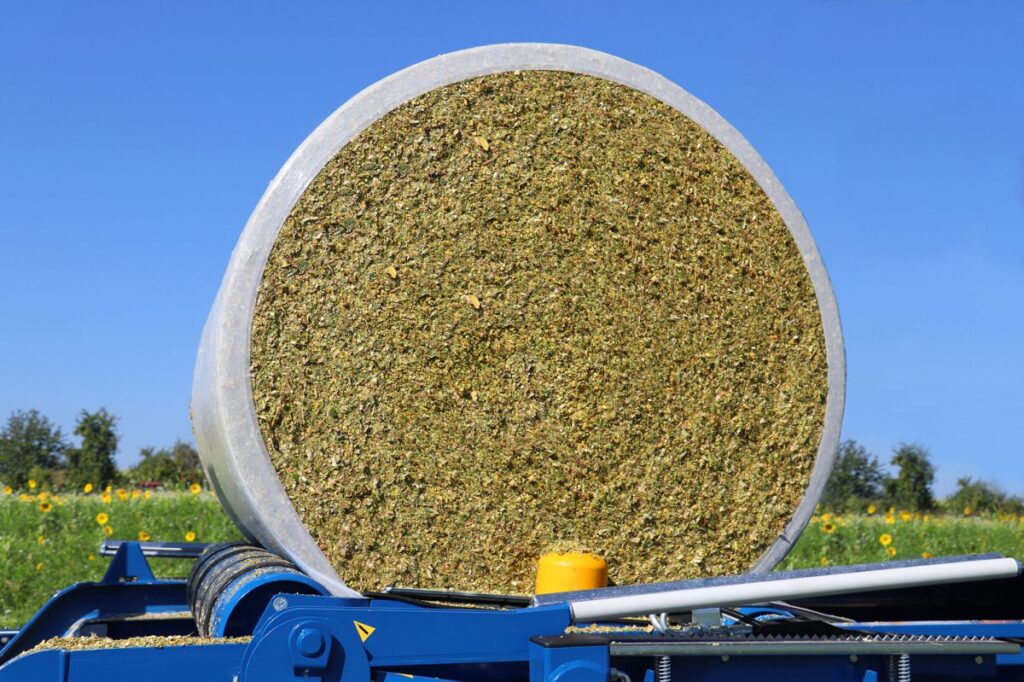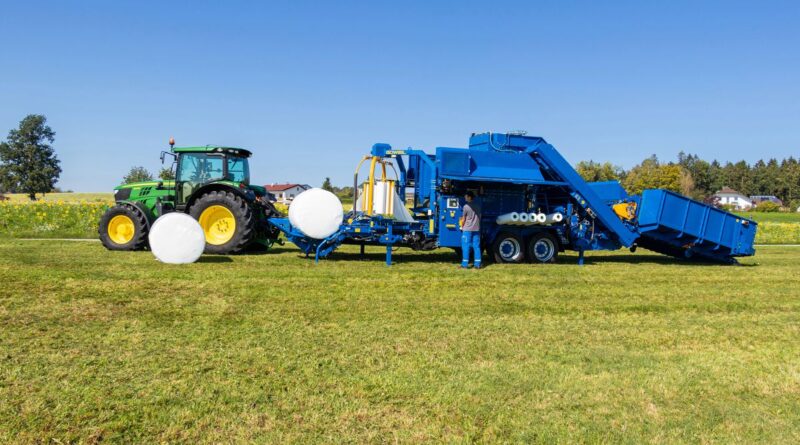Silage Bales – The Superfood for Maximum Productivity
The most widely used types of silage storage are silage bales, bunker silos, silage bags, and tapered tower silos. However, the ideal method for storing silage may vary for each individual farm and hinges on a number of factors including its location and size. Packaging feed into silage bales offers a host of advantages compared to the other silage methods.
When silage is baled and wrapped, the quick exclusion of air as well as excellent compression results in great forage quality. Therefore, silage bales will be high quality, compact, and easily transportable feed units.
Silage bales are also used up quickly, leaving no time for secondary fermentation. In contrast to bunker silos, this means that there is no risk of losses in nutrients when the silage bale is opened.
The benefits of silage bales truly come to the fore in regions with different ripening times, depending on altitude, climate, or weather conditions. The exceptional flexibility of this method allows farmers to respond to different harvesting dates and qualities, and ensile forages at the ideal moment. Baling silage also makes it possible to ensile smaller amounts of harvested material. In addition, it is easier to combine different types of forages.

Lastly, bales make storing silage extremely simple. Storage merely requires a firm and clean subsurface rather than any construction work. Another plus is that silage bales can be sold quickly and easily. They can be transported to the buyer as fully ensiled, high quality feed rations.
The Austrian manufacturer GÖWEIL has specialized in silage baling since 1988 and is the expert when it comes to this technology. Over the years its product range has expanded and GÖWEIL is now a complete supplier of baling and bale wrapping technology.
Are you interested in learning more about silage baling? Contact the experts at Göweil now: sales@goeweil.com

